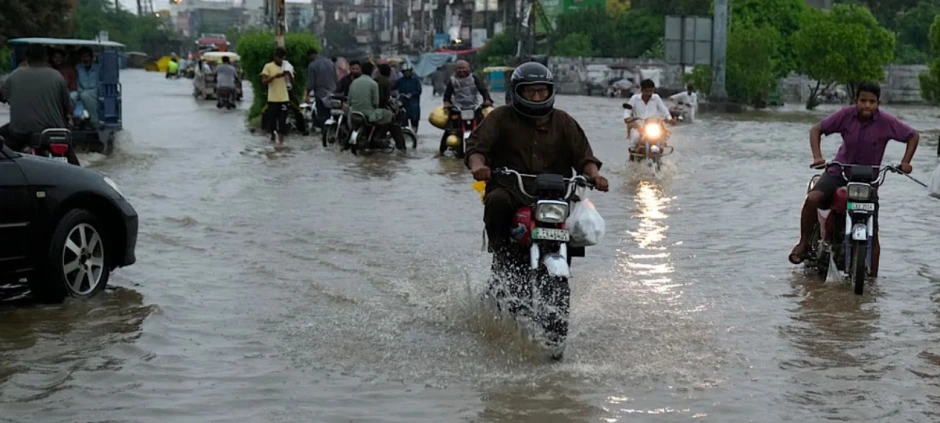Islamabad 27 July : The Punjab government has directed WASA Rawalpindi to develop a comprehensive plan to revamp the city’s outdated sewerage system after recent monsoon floods crippled many low lying areas.
Punjab government has approved Rs 117 billion for a permanent urban flood control project in Rawalpindi, targeting both the city and cantonment areas.
The plan includes Rs 80 billion earmarked to redesign and rehabilitate Nullah Leh, which routinely floods during heavy rain and worsens sewage overflow.
WASA has already approved a Rs 350 million project to install modern sewerage systems in seven union councils—including Dhok Hassu, Pirwadhai, Fauji Colony, Safdarabad, and Khayaban Sir Syed—slated for completion within approximately six months .
The Punjab government has directed WASA Rawalpindi to develop a comprehensive plan to revamp the city’s outdated sewerage system after recent monsoon flooding crippled many areas. An estimated 60% of Rawalpindi lacks a proper sewerage system. Only roughly 40% of the city is served by functional sewer lines; the balance relies on open drains or discharges directly into Nullah Leh
Punjab’s Secretary of Housing, Urban Development, and Public Health Engineering, Noorul Amin Mengal, announced that under Chief Minister Maryam Nawaz Sharif’s Punjab Development Programme, a master plan is being prepared to extend full sewerage coverage across Rawalpindi. Currently only 35–40% of areas are served by an operational sewerage network, while the rest rely on open drains that overflow during heavy rains .
Punjab’s Housing & Physical Planning Ministry has directed WASA to prepare comprehensive blueprints for upgrading both sewerage and drainage systems. Funds are to be released by September 2025 to implement the Nullah Leh and flood-control schemes in key commercial zones such as Commercial Market, Moti Bazaar, and Dhoke Khaba—areas that routinely experience waterlogging
WASA Rawalpindi has been instructed to submit a detailed plan within two weeks. The plan—expected to complete implementation by June 2026—will widen, deepen, and modernize 150 mm pipelines that are now undersized and overloaded. Fifteen seasonal nullahs across the city will also be reinforced to manage peak rainfall flows .
Officials confirmed that major flood-prone zones such as Commercial Market, Moti Bazaar, Dingi Khoi, Chah Sultan, and Dhoke Khaba will be prioritized for upgrade under the infrastructure scheme, which was formally funded by Punjab’s housing ministry earlier this month
The plan also includes building sewerage treatment plants along main drains, enabling treated wastewater and rainwater to be reused for irrigation. Additionally, underground water tank storage for rainwater harvesting will be established, and expansion of water distribution networks linked to new dams—including Chahan and Chirah—will increase daily water supply capacity significantly.
READ MORE: Flood Warning Issued for Rawalpindi Monsoon Rain
WASA Managing Director Saleem Ashraf revealed that monsoon preparedness operations are already underway, including drain cleaning, staff training, and deployment of monsoon camps and control centers across the city. Monitoring systems are in place near vulnerable nullahs like Nullah Leh, which swelled to more than 22 feet during recent storms. Rescue and army units were also mobilized as part of emergency response measures.
Secretary Mengal emphasized that responsibility rests on all departments to accelerate work and warned that failure to deliver would not be tolerated. The sewerage overhaul forms part of a broader initiative to mitigate urban flooding, curb environmental pollution, and improve public welfare across the city
Punjab’s Secretary of Housing, Urban Development, and Public Health Engineering, Noorul Amin Mengal, announced that under Chief Minister Maryam Nawaz Sharif’s Punjab Development Programme, a master plan is being prepared to extend full sewerage coverage across Rawalpindi. Currently, only 35–40% of areas are served by an operational sewerage network, while the rest rely on open drains that overflow during heavy rains









